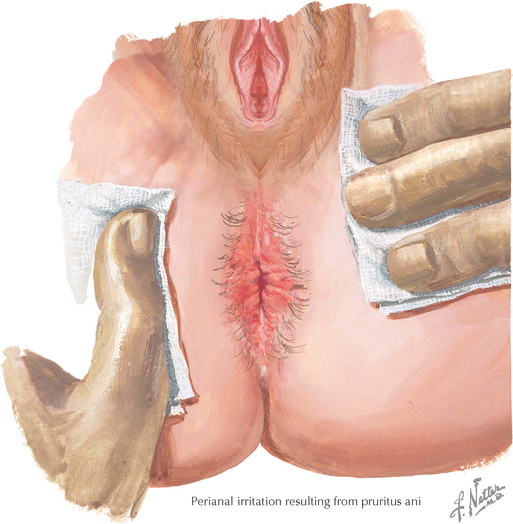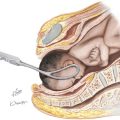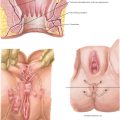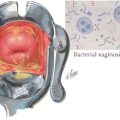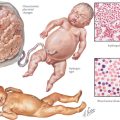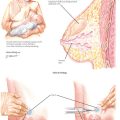Chapter 42 Pruritus Ani
INTRODUCTION
ETIOLOGY AND PATHOGENESIS
Causes: Anal disease—fissures, fistulae, infection (bacterial, fungal, pinworms, scabies), neoplasia, hemorrhoids, leakage of stool. Dermatologic processes—psoriasis, eczema, fecal irritation, contact dermatitis, seborrheic dermatitis, vulvitis, chemical dermatitis (diarrheal irritation), dietary intolerance (coffee, cola, tomatoes, chocolate). Other—excessively zealous hygiene, psychologic problems.
DIAGNOSTIC APPROACH
MANAGEMENT AND THERAPY
Nonpharmacologic
General Measures: Evaluation, perineal hygiene, cool sitz baths, moist soaks, or the application of soothing solutions such as Burow’s solution. Patients should be advised to wear loose-fitting clothing and keep the area dry and well ventilated. Avoid soaps; water-moistened cotton balls or baby wipes provide a portable cleansing option. Nonmedicated talcum powder may be used to absorb moisture. If overnight itching and excoriation are a problem, patients should wear cotton gloves during sleep to avoid excoriation.
Specific Measures: Antihistamines, especially at night when itching is often intense, and sedation may be desirable. Crotamiton (Eurax) may be applied topically, twice daily, to suppress itching. Occasionally, the use of a topical anesthetic, such as 2% lidocaine (Xylocaine) jelly, may be required. Other therapies based on causal agent.
Drug(s) of Choice
Burow’s solution (Domeboro, aluminum acetate 5% aqueous solution, three to four times daily for 30 to 60 minutes).
Topical analgesic sprays or ointments—benzocaine (Americaine, Hurricaine) 20% spray or gel, dibucaine (Nupercainal) 1% ointment.

